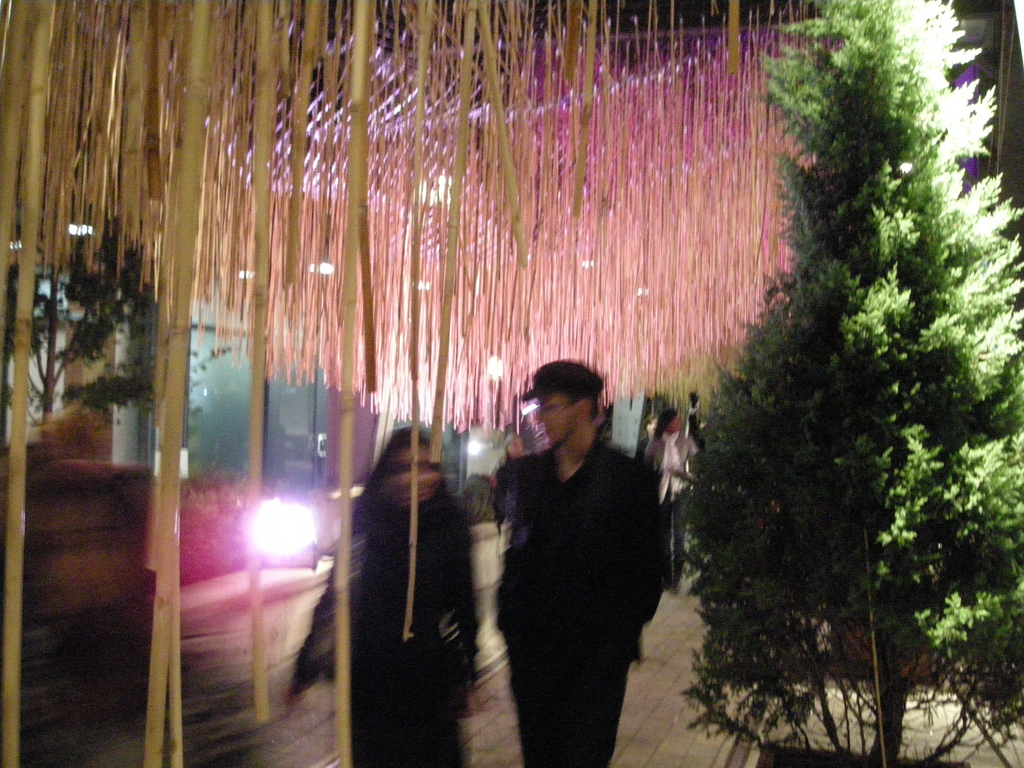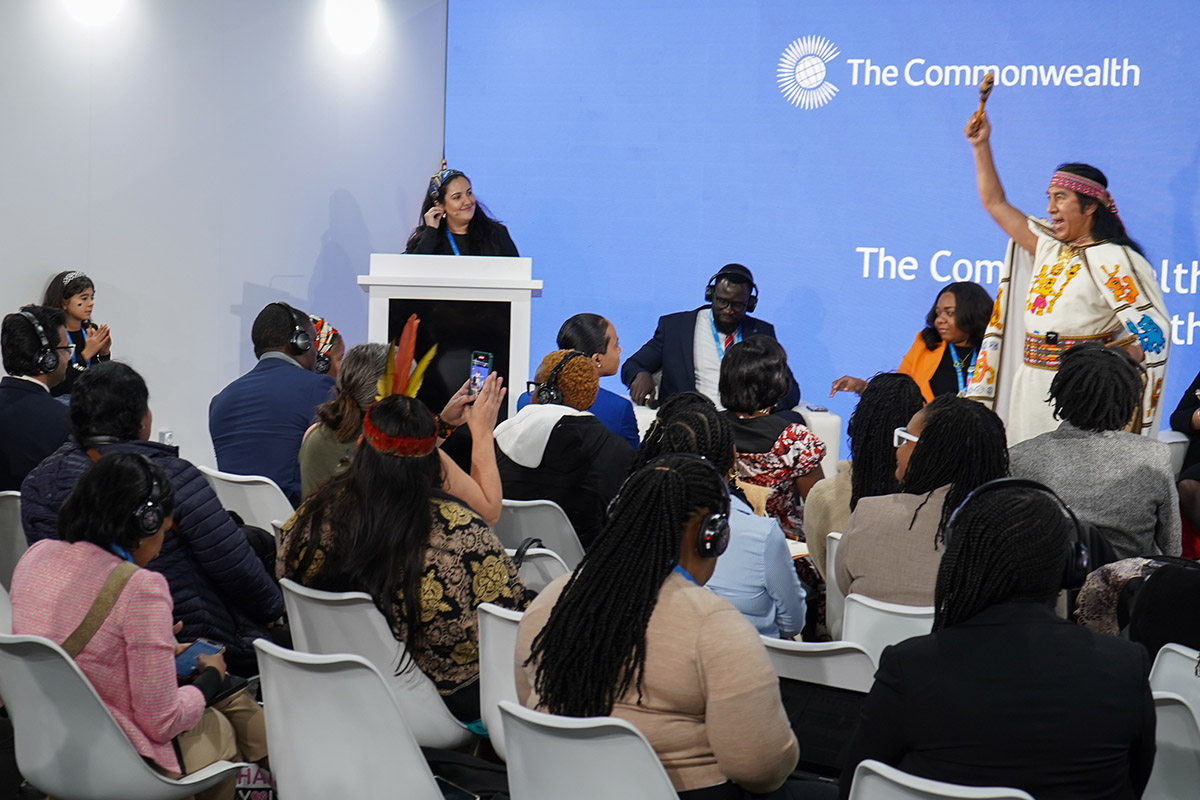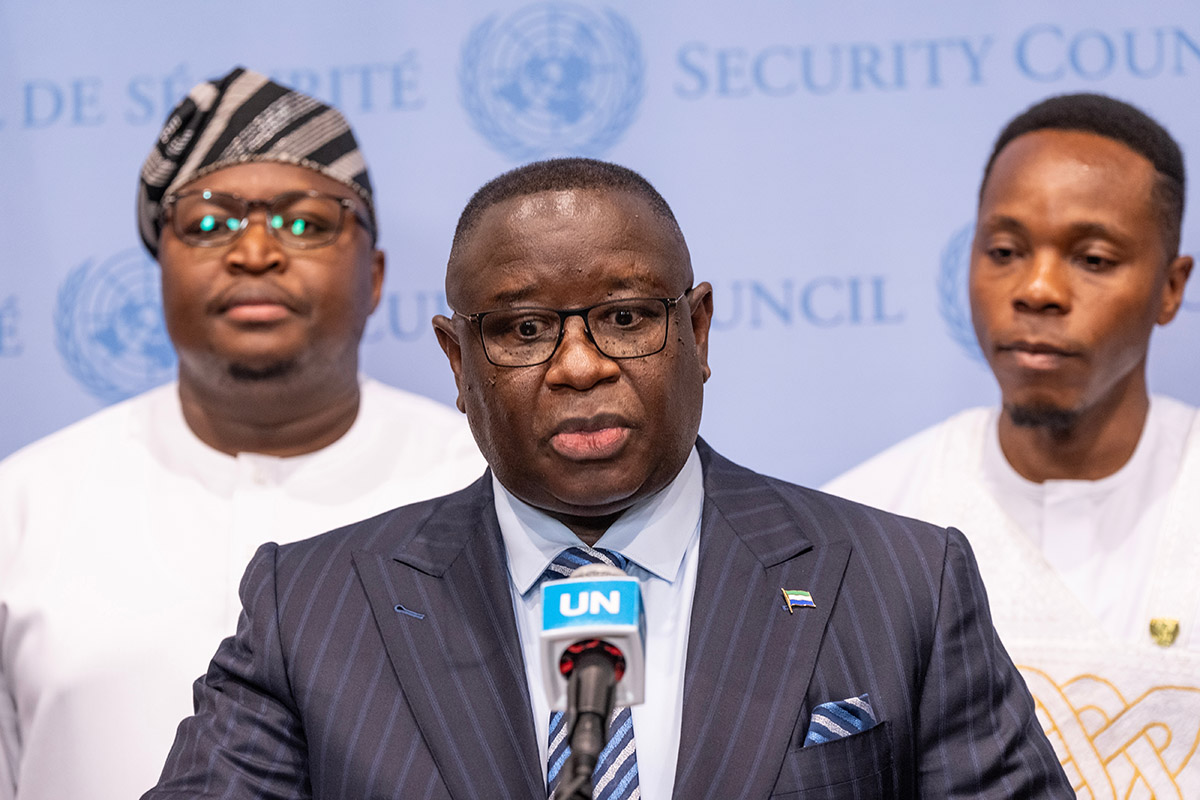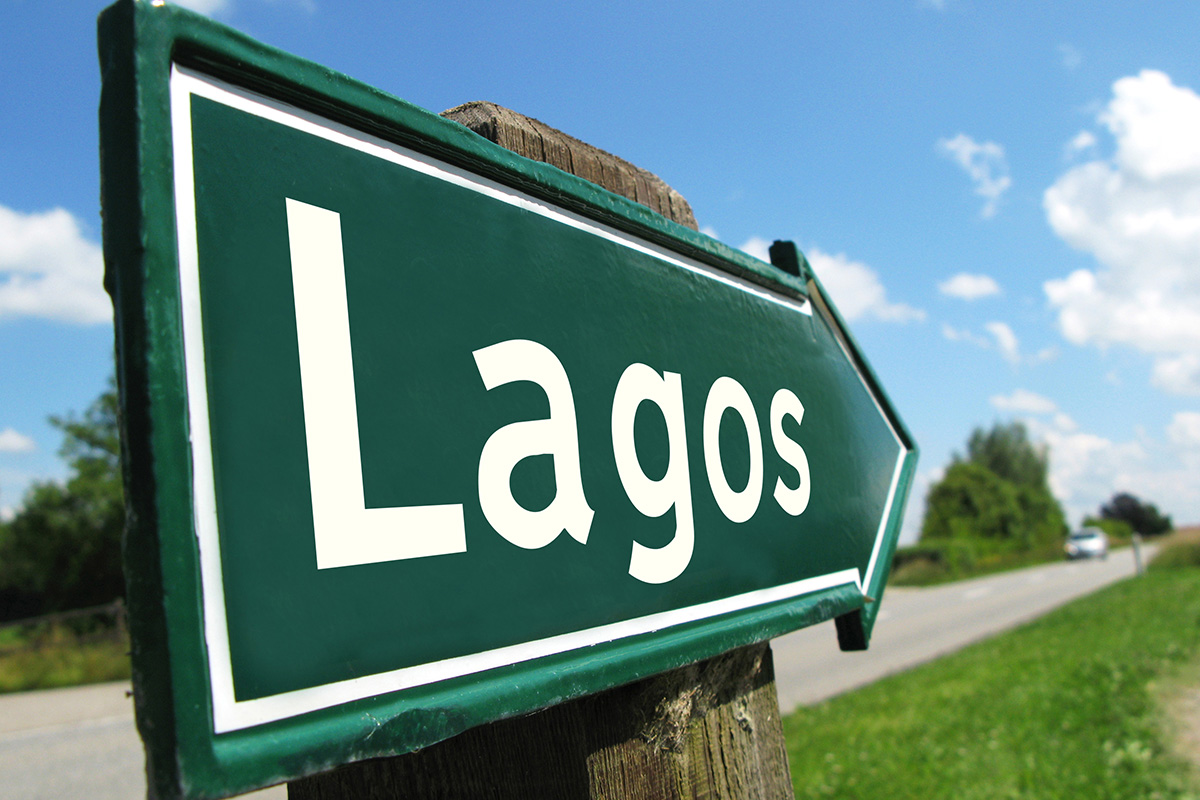“Asian-Australians blocked by bamboo ceiling”
November 12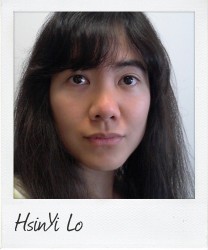 Australia celebrates multiculturalism, but as Hsin-Yi Lo, a Correspondent from Melbourne, Australia writes, the embrace of diversity is not yet reflected in workplace leadership.
Australia celebrates multiculturalism, but as Hsin-Yi Lo, a Correspondent from Melbourne, Australia writes, the embrace of diversity is not yet reflected in workplace leadership.
When you ask Australians, most will say they love multiculturalism. But the country is still far from fully embracing diversity, as unconscious bias is holding back Asian-Australians’ talents and potential for professional advancement.
The term Bamboo Ceiling was first coined by Asian-American author Jane Hyun in her book, Breaking the Bamboo Ceiling: Career Strategies for Asians. It defines an invisible barrier that limits Asian-Australians from progressing to higher paid positions, or positions of influence.
Asian-Australians make up 12 per cent of the population, yet Diversity Council of Australia (DCA)’s report, Cracking the culture ceiling, found that Asian-Australians make up 9.3 per cent of the labour workforce, with only 4.9 per cent in a managerial position. In Australia’s top 200 companies (ASX 200), only 1.9 per cent of the executives are of Asian background.
Australia has a history of racism and discrimination against non-white migrants. The White Australia Policy (Immigration Restriction Act 1901) sought to “place certain restrictions on immigration for the removal of prohibited migrants”. The Act was lifted by Goth Whitlam in 1967, but its legacy is still alive today. Mainstream Australian society is largely Anglo-centric, and anything different is considered ‘foreign’ or ‘exotic’. Some feel that it should not belong to mainstream Australian culture.
In 2010, the Australian National University (ANU) conducted a survey to investigate if employers are biased against non-Anglo job applicants. Researchers sent out 4,000 fake applications to companies and found candidates with a non-Anglo sounding name needed to submit more applications to get an interview:
- Chinese-sounding names need to submit 68 per cent more applications
- Middle Eastern sounding names 64 per cent more
- Indigenous names, 35 per cent more
- While Italian, 12 per cent more
Lisa Annese, the CEO of DCA, says Asian-Australians generally fare well in entry-level jobs, but many employers tend to believe that Asian-Australians do not make good leaders.
“There’s quite a bit of subconscious thought that Asian-Australians don’t speak out. If you make that assumption then there’s going to be bias,” she says.
Lisa argues that change needs to start within companies, and that they need to accept wider understanding of leadership qualities.
“We need to broaden the definition of leadership in Australia because now we all think leadership from the traditional, Anglo/Celtic male perspective,” she says.
In the DCA’s report, 84 per cent of their respondents said they have plans to climb to managerial positions. Ongoing stereotyping unfairly labels Asian-Australians as all the same, and as employees with no outstanding traits.
Asian-Australians are usually categorised as:
- Submissive and quiet
- Excel at academics, particularly in subjects like maths and science
- Asians with the same culture and religion
- Unable to assimilate
- Restricted to clichéd occupations such as accounting, medicine, law and commerce
But there are those who want to break into the non-conventional pathways like arts and media.
Michele Van Lee, a playwright and author, mentions that there are initiatives to support Asian-Australians to advance in the arts industry, but leadership positions are mostly held by Anglo-Australians.
“Asian people receive the largesse of others, but we are not primarily in the role of doling out the largesse,” says Michele.
Australian media has been under fire for lacking representation of diverse cultures and communities. Long-running soap operas like Neighbours and Home and Away mainly featured Anglo/Celtic Australians as their cast. Michele recalls a particular incident:
“At a conference I was at last year, an older female white actor told a story about an audition she did at the start of her career – she was to play an Asian person, and make-up/costumes were used to make her appear more Asian. Pulled back hair, slanty eyes etc. And this was for the ABC, Australia’s national broadcaster. It wasn’t a niche organisation.”
However, there are a handful of Asian-Australians like Benjamin Law and Anh Do who have become successful comedians. Michele says more Asian-Australians should not shy away from opportunities to share their talents and stories.
“If you don’t have the artists, you don’t get the volume of stories. The more we enter the arts and write and make stories, the more the stories will start to reflect diversity,” Michele says.
About one quarter of Australia’s population has at least one parent who migrated to Australia. We celebrate multiculturalism as one of our main assets, but we continue to treat different cultures as ‘the other’. Diversity in the workforce has proven benefits to companies, because employees can bring a variety of viewpoints and increased adaptability to a more globalised world.
Reach me on Twitter @hsinyilo
photo credit: twofold via photopin (license)
…………………………………………………………………………………………………………………
About me: I am a Multimedia Journalism Masters student at the University of Kent, UK. I am originally from Melbourne, Australia. I aspire to be a journalist because I enjoy story-telling and sharing knowledge and ideas. My interests are reading non-fiction, listening to music, sports, and travel.
…………………………………………………………………………………………………………………
Opinions expressed in this article are those of the author and do not necessarily represent the views of the Commonwealth Youth Programme. Articles are published in a spirit of dialogue, respect and understanding. If you disagree, why not submit a response?
To learn more about becoming a Commonwealth Correspondent please visit: http://www.yourcommonwealth.org/submit-articles/commonwealthcorrespondents/
…………………………………………………………………………………………………………………
